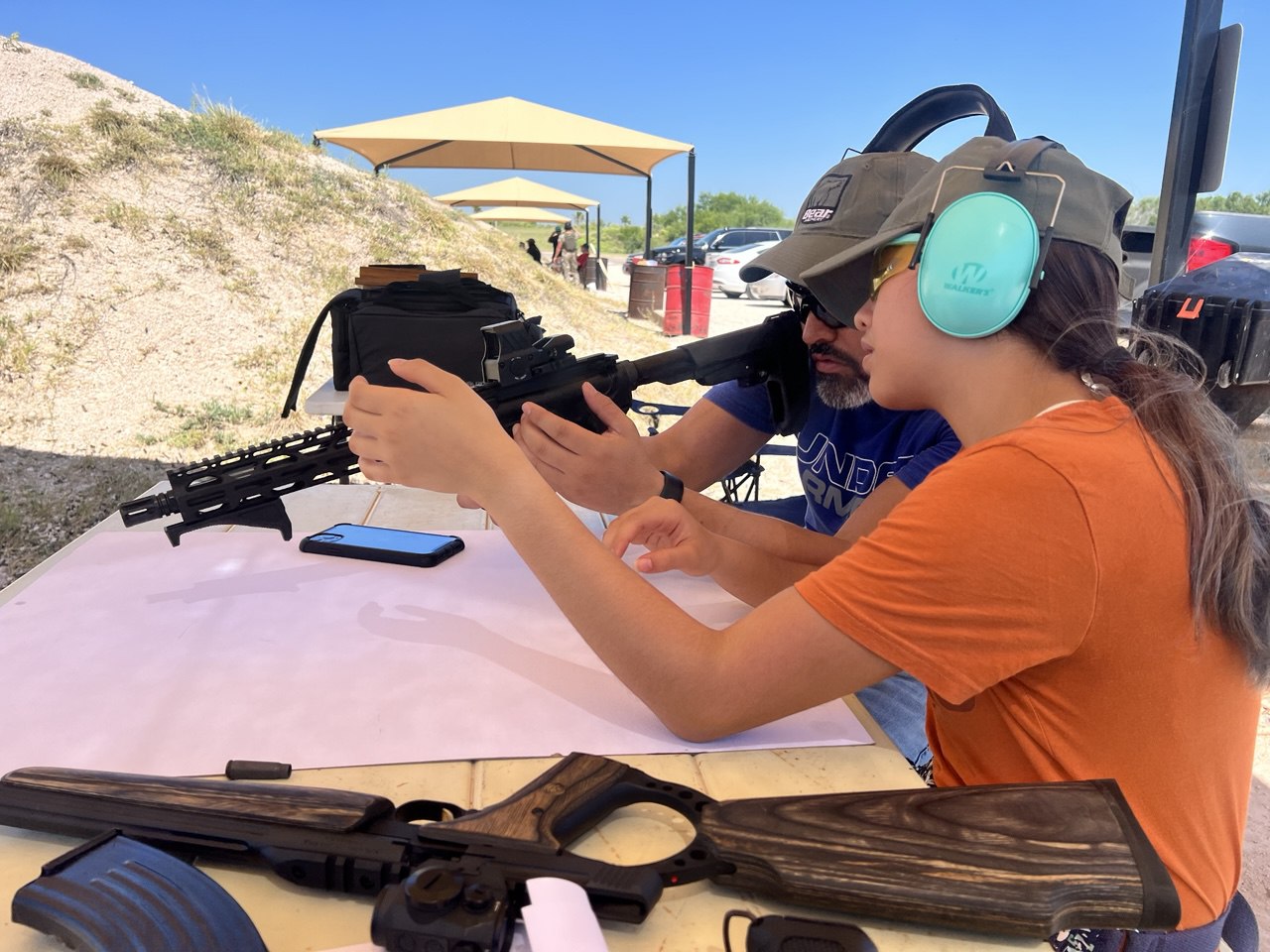
The Reloading Myth of ‘More Is Better’
Reloading ammunition is an art form at Cameron Gunsmith—a blend of science, skill, and a little patience. One of the biggest misconceptions we hear from new reloaders is that cramming more powder into a cartridge equals a hotter, faster, better round. It’s an easy trap to fall into: max out the load, max out the performance, right? Wrong. A rifle can shoot at its peak with less than the maximum powder allowed for a given caliber, and chasing that max-load myth can backfire—sometimes literally. Let’s unpack why more powder isn’t always good and how smarter reloading can elevate your firearm’s game.
In the reloading world, precision trumps excess. Whether you’re hunting nilgai in South Texas, punching paper at the range, or building rounds for self-defense, the goal isn’t to push the limits—it’s to find the sweet spot. Less powder, used right, can mean tighter groups, safer pressures, and a happier rifle. Here’s why this tip matters and how to rethink your approach.
Accuracy Over Overload
The heart of reloading is accuracy—hitting your target exactly where you aim, shot after shot. More powder might boost velocity, but it doesn’t guarantee precision. In fact, overloading can destabilize a bullet’s flight. Take a .308 Winchester: maxing out at, say, 46 grains of IMR 4064 might get you 2,800 fps, but back it down to 42 grains, and you could tighten your groups from 1.5 MOA to under 1 MOA. Why? Excess powder increases pressure and heat, amplifying barrel vibrations and throwing off consistency.
At Cameron Gunsmith, we’ve seen rifles thrive on moderate loads. A custom-tuned load—say, 90% of max—often finds the ‘node’ where barrel harmonics align, delivering pinpoint accuracy without punishing your gun. Test your loads in small increments, and you’ll see: less powder can mean more hits where you want them, not just more noise.
Safety: Pressure’s Hidden Danger
Packing in max powder isn’t just inefficient—it’s risky. Every caliber has a pressure ceiling (SAAMI specs, like 60,000 psi for .308), and exceeding it can turn your rifle into a grenade. Overloaded cartridges spike pressures fast—think a 10% powder bump jumping from safe to catastrophic. Signs like flattened primers or sticky bolts are red flags, but by then, damage might already be done to your chamber or bolt face.
Less powder keeps you in the safe zone. A 6.5 Creedmoor at 38 grains of H4350 might hum along at 2,700 fps—plenty for deer at 300 yards—without flirting with disaster. Reloading manuals list max loads for a reason, but optimal loads live below that line. Safety’s non-negotiable, and at Cameron Gunsmith, we’d rather see you shoot another day than chase a few extra feet per second.
Preserving Your Rifle’s Life
Your firearm’s a precision tool, and max loads beat it up. More powder means more heat, more pressure, and more wear—eroding throats, stressing barrels, and fatiguing actions. A .223 Remington screaming at 62 grains of Varget might hit 3,200 fps, but after 1,000 rounds, your barrel could be toast. Dial it back to 58 grains, and you’ll still punch paper at 3,000 fps while doubling your barrel life.
Moderate loads are kinder to your rifle. Less erosion means more range time before re-barreling, and that’s money in your pocket. We’ve restored rifles at Cameron Gunsmith hammered by overzealous reloads—don’t make that your story. A balanced load keeps your gun shooting like new, not aging it prematurely.
Better Consistency, Less Waste
Consistency wins in reloading—same velocity, same point of impact, every trigger pull. Max loads often flirt with the edge of stability, where tiny variations in powder charge or temperature swing your muzzle velocity wild—50 fps or more. A .30-06 at 55 grains of IMR 4350 might hold 2,750 fps across 20 rounds, while 59 grains scatters from 2,850 to 2,900 fps. Guess which one drills tighter groups?
Less powder, carefully measured, tightens those spreads. It’s efficient too—why burn extra grains for marginal gains when 90% of max does the job? At Cameron Gunsmith, we’ve tested loads that save powder without sacrificing punch—your wallet and your target thank you.
Recoil and Shooter Comfort
More powder, more kick—it’s physics. Maxing out a .300 Win Mag might get you 3,000 fps with a 180-grain bullet, but the recoil can rattle your teeth and flinch your aim. Drop to 65 grains of RL-22, and you’re still at 2,850 fps—plenty for elk—without the shoulder bruise. Lighter loads make follow-up shots faster and range days more fun.
At Cameron Gunsmith, we tailor loads to shooters, not just rifles. A comfortable load keeps you on target, not wincing. Less powder can mean more control, especially for younger shooters or long sessions—precision shouldn’t hurt.
The Art of Finding Your Load
Reloading’s about balance, not bravado. Start low—say, 10% below max in your manual—and ladder up in 0.5-grain steps, chronographing and grouping as you go. Look for that sweet spot where velocity steadies and groups shrink. A 7mm-08 might love 40 grains of Varget at 2,700 fps, ignoring the 44-grain max. Tools like a chronograph and a good scale (0.1-grain accuracy) are your friends—data beats guesswork.
At Cameron Gunsmith, we live this process. Every rifle’s unique—barrel length, twist rate, even wear—so max loads are a guideline, not gospel. Less powder, tuned right, can outshoot a maxed-out round any day. It’s the craft of reloading: precision over power.
Why This Tip Matters
More powder isn’t always good—it’s a myth that misleads reloaders into risking safety, wasting resources, and trashing rifles for fleeting gains. At Cameron Gunsmith, we’ve seen the proof: optimal loads, often below max, deliver accuracy, reliability, and longevity. Whether you’re dialing in a hunting rifle or tweaking a range toy, this tip saves headaches and elevates your craft. Reloading’s an art—paint with finesse, not a firehose.
Need help finding your rifle’s sweet spot? Swing by Cameron Gunsmith or drop us a line. We’ll guide you to loads that perform without the powder-packing hype—your firearm deserves it.
Disclosure
This article is for informational purposes only and should not be taken as definitive reloading advice. Reloading involves inherent risks—always consult official manuals, verify data with multiple sources, and conduct your own due diligence. Safety is your responsibility; work within your skill level and equipment limits. Cameron Gunsmith is not liable for misuse of this information.
